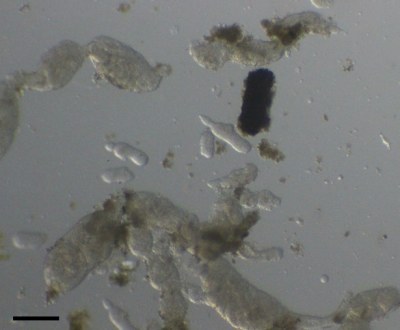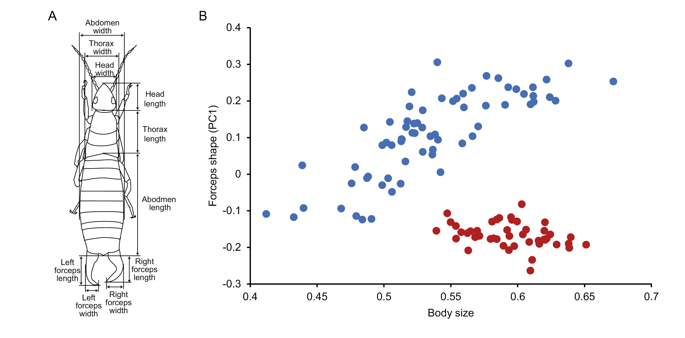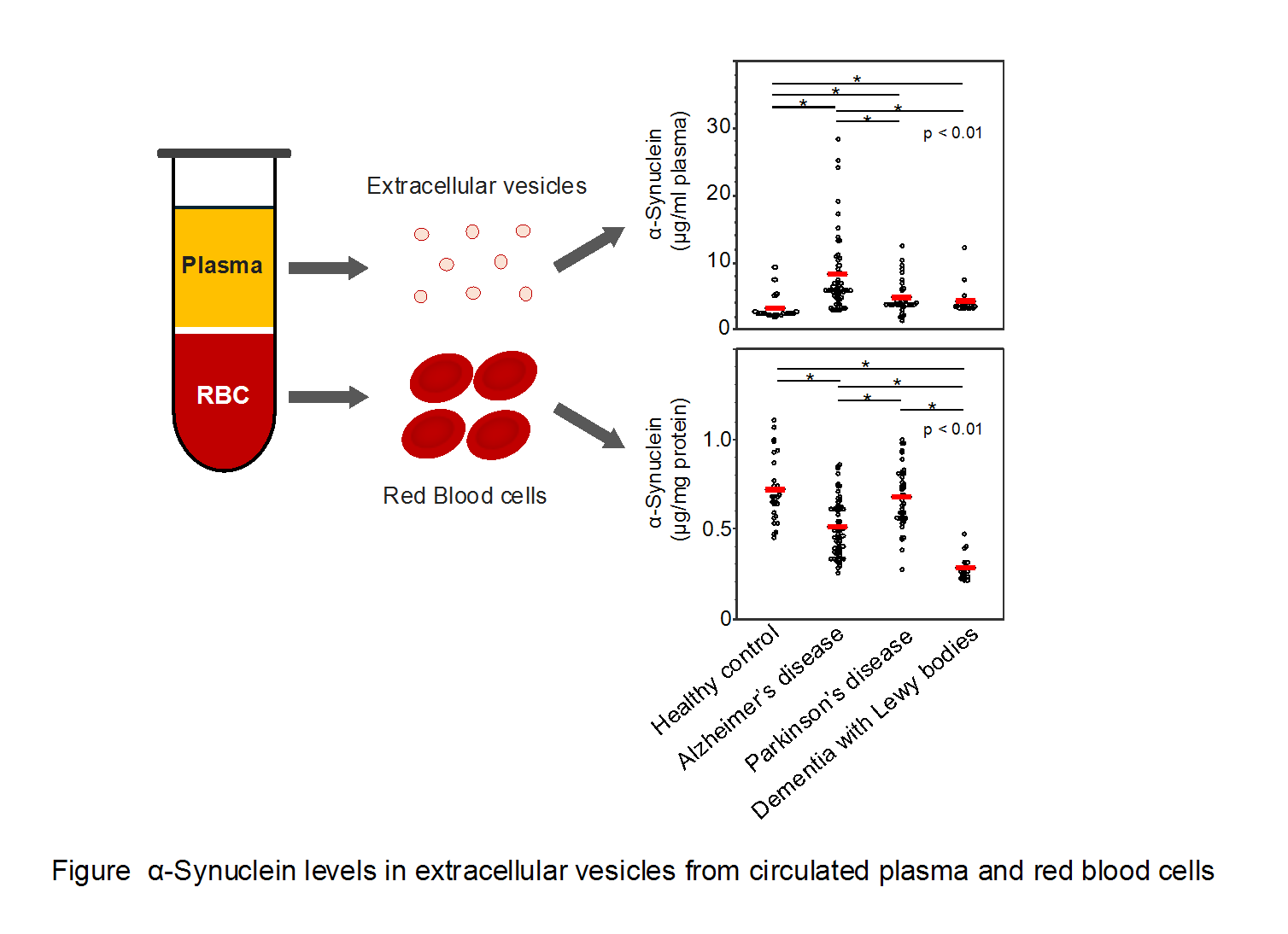July 13, 2021
First detection of sporocysts of Dicrocoelium, an important parasite in livestock, from the snail Aegista vulgivaga in the fields of Japan

Key points
- Dicrocoelium is an important parasite with respect to the livestock industry in Japan, but the route of infection for these domestic animals in the country has been unknown till date.
- For the first time in Japan, the larvae of Dicrocoelium chinensis were found in the field; the specimens were isolated from Aegista vulgivaga that were collected from Gifu Prefecture.
- Aegista vulgivaga is shown to harbor larvae of Dicrocoelium chinensis, thereby acting as a potential transmitter of the parasite.

Key Points
- Dicrocoelium is an important parasite with respect to the livestock industry in Japan, but the route of infection for these domestic animals in the country has been unknown till date.
- For the first time in Japan, the larvae of Dicrocoelium chinensis were found in the field; the specimens were isolated from Aegista vulgivaga that were collected from Gifu Prefecture.
- Aegista vulgivaga is shown to harbor larvae of Dicrocoelium chinensis, thereby acting as a potential transmitter of the parasite.

Dicrocoelium chinensis a is a significant parasite of domestic animals such as cattle. The parasitic larvae infect these animals, thereby affecting the livestock industry. This parasite has been described in various textbooks in Japan, but due to the lack of reports of Dicrocoelium sporocysts a in any wild Japanese land snails, the route of infection for the livestock has been unclear. Initially, it was thought that this worm is transmitted to livestock via ants from a snail species, Cochlicopa lubrica. However, a high percentage of wild animals such as the Japanese deer were infected with D. chinensis in spite of the rarity or absence of C. lubrica in those places.
In Gifu Prefecture, where C. lubrica is absent, various other snails were examined, and immature larvae of Dicrocoelium chinensis were found in Aegista vulgivaga. Dr. Waki says, “Dicrocoelium chinensis can be found in many places of Central Japan. If the presence of fully matured larvae is confirmed from the snail A. vulgivaga in future, we may be able to confirm that A. vulgivaga has a primary role in transmitting the infection to the domestic animals. We would like to continue our research.”
“Ants, pretending to be spears, hunting fireflies.”— This is a word game used by aspiring veterinarian students to remember the life history of a D. chinensis, specifically the fact that C. lubrica and ants can transmit the infection to the livestock. In this case, the word “firefly” refers to the C. lubrica, but this word game may change depending on the results of future research in this field.
READ MORE RESEARCH NEWS - SCIENCE
ACADEMICS
Undergraduate Programs
– Medicine
– Pharmaceutical Sciences
– Science
– Nursing
– Health Science
Graduate Programs
–Medicine
–Pharmaceutical Sciences
–Science
–Nursing
Undergraduate Programs
– Medicine
– Pharmaceutical Sciences
– Science
– Nursing
– Health Science
Graduate Programs
–Medicine
–Pharmaceutical Sciences
–Science
–Nursing
RESEARCH
– News
– Guidelines & Policies
– Support Offices
– Facilities
– Security Export Control
Non-Degree Programs
– Clinical Elective Program
– International Physician Observership Program




